Mobile photography has revolutionized the way people capture, edit, and share moments through smartphones and mobile devices. This comprehensive article explores the history, techniques, practical tips, artistic considerations, cultural impact, and trends of mobile photography for audiences in the United States.
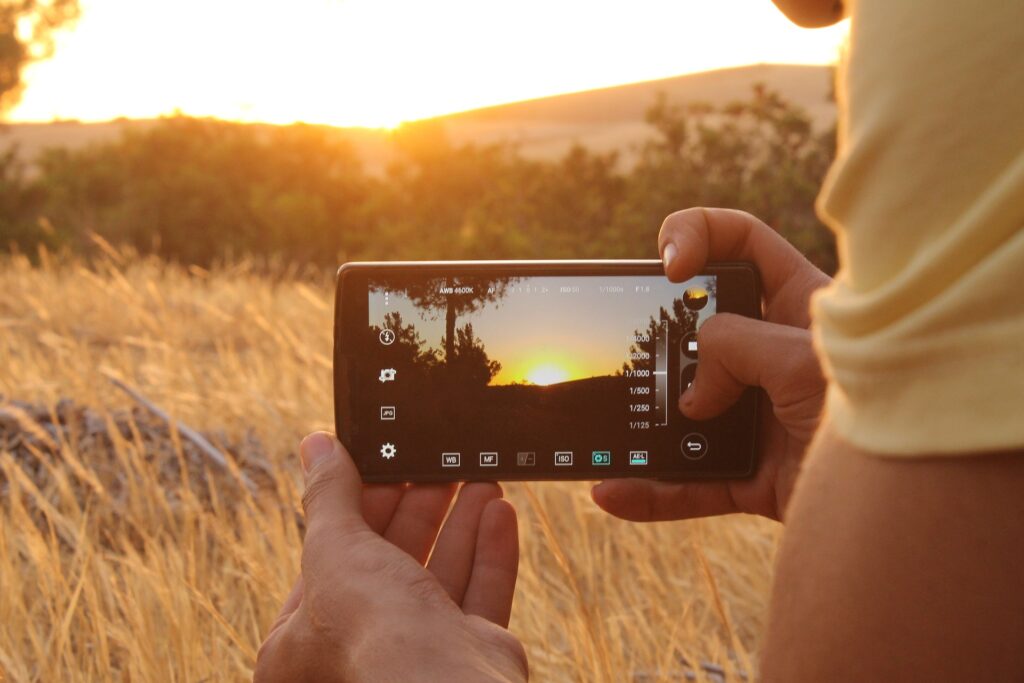
Introduction to Mobile Photography
Mobile photography refers to the practice of capturing images using smartphones, tablets, or portable devices equipped with built-in cameras. It democratizes photography by providing accessible tools for amateur enthusiasts, professional photographers, and creative individuals to document daily life, express artistic visions, and share visual stories effortlessly.
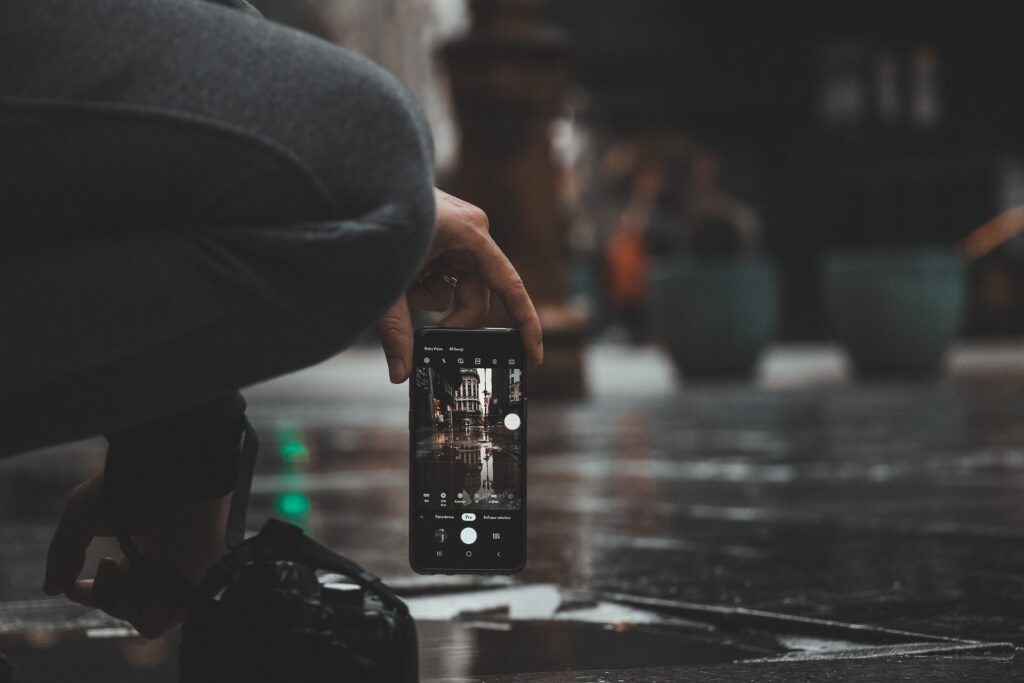
History and Evolution
The advent of mobile photography dates back to the early 21st century when smartphones integrated increasingly sophisticated camera technologies, including higher resolution sensors, advanced autofocus systems, and image processing capabilities. Popularization of mobile apps for editing, sharing, and social media platforms further propelled the growth of mobile photography as a mainstream medium of visual communication and creative expression.
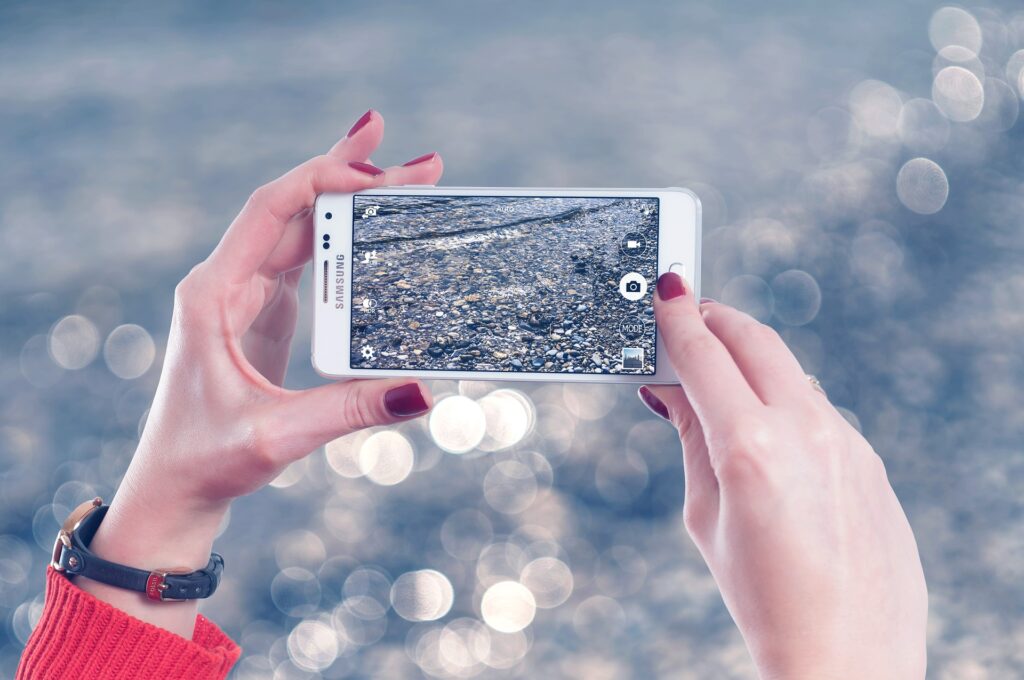
Techniques and Approaches
Camera Features: Familiarize yourself with smartphone camera features, including manual controls (e.g., exposure, focus, white balance), HDR (High Dynamic Range), panorama mode, and portrait mode. Explore built-in camera apps, third-party camera apps, and accessories (e.g., lenses, tripods) to optimize photographic capabilities and versatility in various shooting conditions.
Composition and Framing: Apply composition principles, such as rule of thirds, leading lines, symmetry, and perspective, to frame subjects creatively and enhance visual storytelling in mobile photography. Experiment with angles, viewpoints, and framing techniques to capture unique perspectives, emphasize focal points, and create compelling compositions.
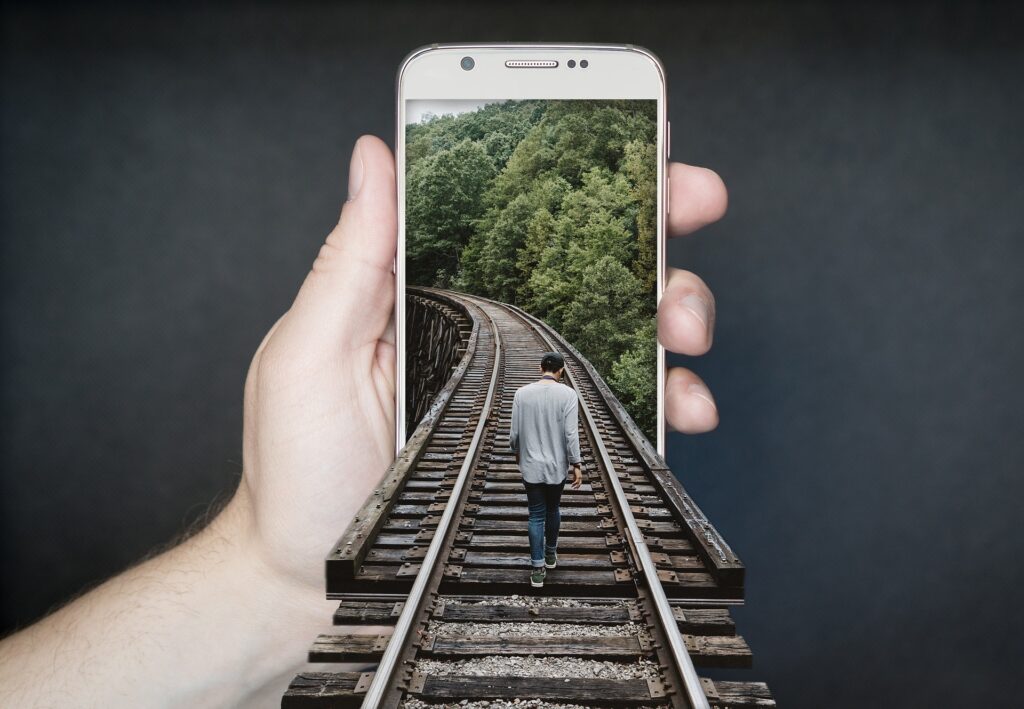
Practical Tips for Mobile Photographers
Lighting Considerations: Utilize natural light sources (e.g., sunlight, golden hour) for soft, flattering illumination and balanced exposures in outdoor photography. Adjust exposure settings or use fill flash mode to enhance details and minimize shadows in low-light environments or indoor settings.
Editing and Post-Processing: Explore mobile editing apps (e.g., Adobe Lightroom Mobile, Snapseed, VSCO) to refine color tones, adjust contrast, apply filters, and enhance image clarity in post-production. Experiment with creative effects, presets, and adjustment tools to achieve desired aesthetics and personalize visual narratives before sharing images on social media platforms.
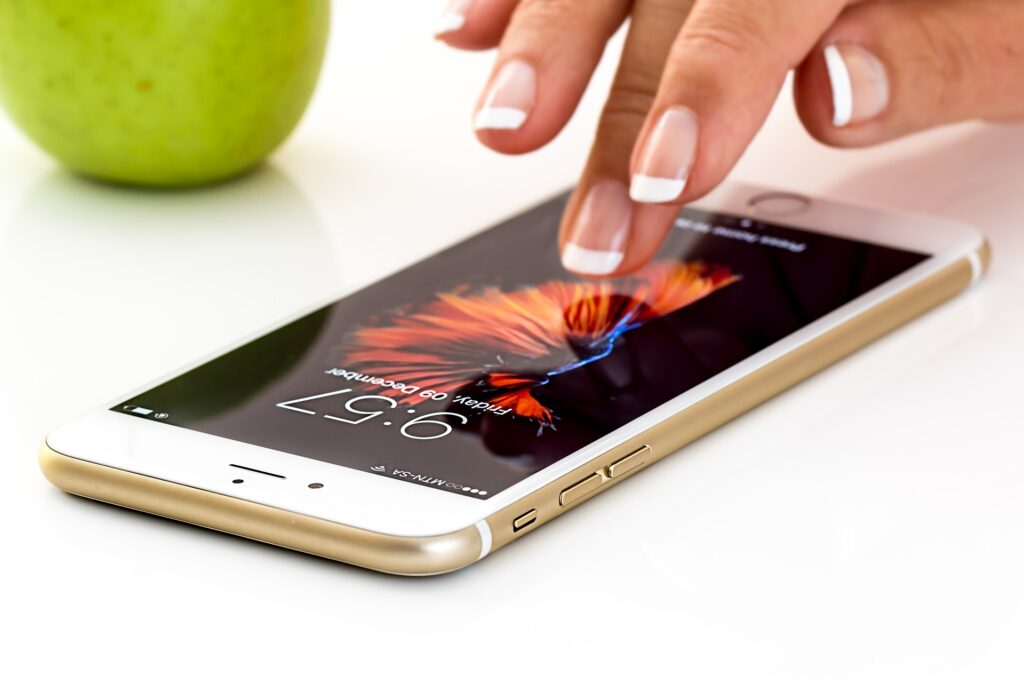
Artistic Considerations
Creative Freedom: Embrace the spontaneity, immediacy, and versatility of mobile photography to experiment with visual styles, creative effects, and expressive techniques. Use mobile apps for digital manipulation, collage, double exposure, and artistic filters to push creative boundaries and innovate within the constraints of mobile imaging technologies.
Storytelling and Narrative: Use mobile photography to document personal experiences, cultural moments, and social issues with authenticity and empathy. Engage with viewers through visual storytelling, candid moments, and intimate perspectives that evoke emotions, provoke thought, and foster connection in digital storytelling.

Cultural Impact and Contemporary Trends
Social Media Integration: Leverage social media platforms (e.g., Instagram, TikTok, Facebook) to share mobile photography portfolios, engage with online communities, and participate in visual trends, challenges, and collaborative projects. Build an online presence, connect with global audiences, and showcase creative work through curated feeds, hashtags, and interactive content strategies.
Innovation and Technology: Stay informed about advancements in mobile camera technologies, computational photography, artificial intelligence (AI), and augmented reality (AR) features that enhance photographic capabilities, automate creative processes, and redefine mobile photography as a dynamic medium for artistic innovation and visual communication.
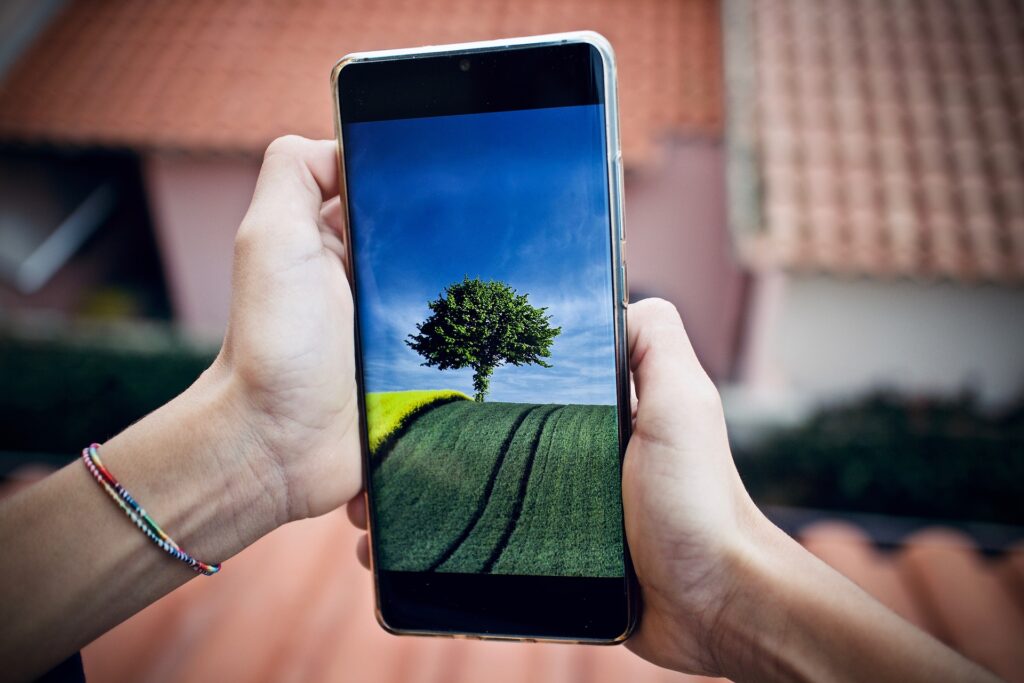
Conclusion
In conclusion, mobile photography empowers individuals to capture, create, and communicate visual stories with convenience, accessibility, and creative flexibility. By embracing smartphone cameras, mobile apps, and digital platforms, photographers in the United States harness the transformative power of mobile photography to document personal narratives, explore cultural identities, and contribute to global visual dialogues.
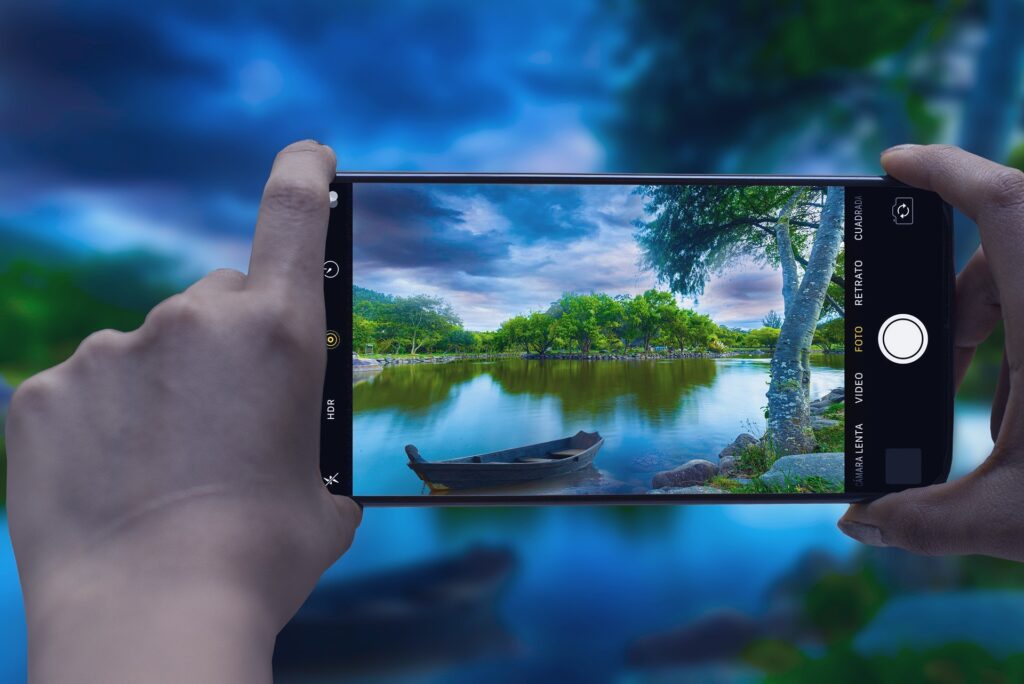
From documenting everyday moments and cultural diversity to advocating for social change and environmental awareness, mobile photography transcends traditional boundaries, democratizes artistic expression, and celebrates the universal language of imagery in contemporary digital culture. As mobile photographers continue to innovate, collaborate, and share experiences through visual storytelling, the future of mobile photography promises endless possibilities for creativity, connectivity, and cultural impact in an evolving landscape of technological innovation and artistic expression.